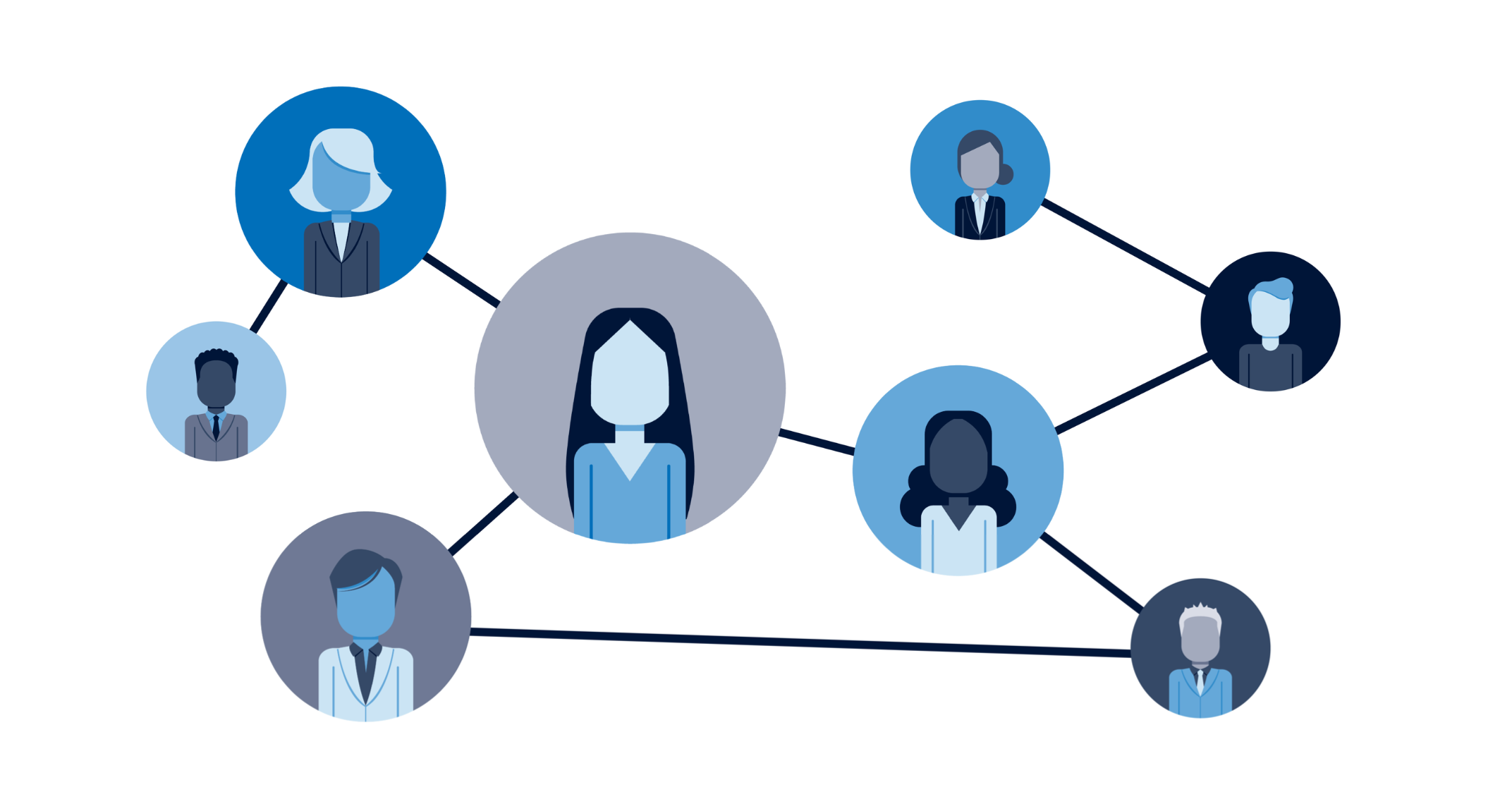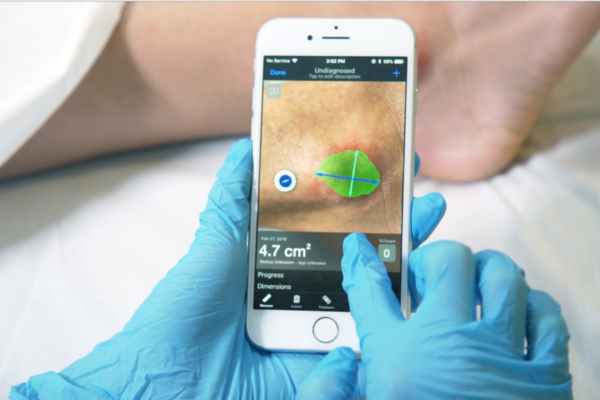PDGM is the most significant change to Medicare’s payment methodology for home health services since the implementation of the Home Health Prospective Payment System (PPS) almost twenty years ago.
Home health agencies have been through significant change before and those required by PDGM, while intense, can be accomplished with positive results with the appropriate planning.
General preparedness for PDGM, including the identification of revenue opportunities in wound management could help with survival and or growth.
The key to growth for most home health agencies is to establish a referral stream. Rather than endlessly chasing after individual clients, a home health referral stream ensures a steady flow of new business coming into the agency in the most efficient way possible. Home health agencies need to identify high-value referral partners and strategically target business development efforts so post-acute care providers can dramatically increase home health referrals to meet demand.
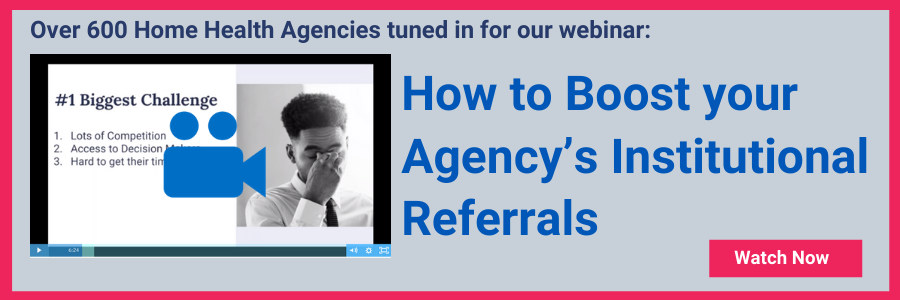
Admission Source
Under PDGM each 30-day period will be classified as Institutional or Community, depending whether or not the individual received acute or post-acute services within 14 days of beginning of care under home health. Thirty-day periods classified as Institutional are paid at a higher rate than those classified as community.
While all HHAs will undergo operational and cultural change in the era of PDGM, some will undergo a monumental shift in who they partner with and who constitutes their patient body.
Benefits of Institutional Referrals
Focusing disproportionately on institutional partners to benefit from higher rates will significantly drive revenue. Some HHAs operate with largely institutional partners (Hospitals, Skilled Nursing Care facilities), others with largely community partners (Physicians, etc.), and most have a customer mix somewhere in between. Agencies may wish to focus on wounds coming from institutions as opposed to primary care, since these tend to be more complex.
By stipulating higher wound payout rates from institutional referrals, PDGM in essence, encourages the HHA to disproportionately favor partnerships with institutional sources over community sources. Where an HHA has the ability to diversify its referral traffic, it should consider making this shift.
A clear understanding and embracement of PDGM, with a desire to expand into more complex patient care and develop your administrative workflows to better manage these patients will deliver both patient benefits (i.e. improved quality of care) and also institutional benefits (i.e. increased
revenues).
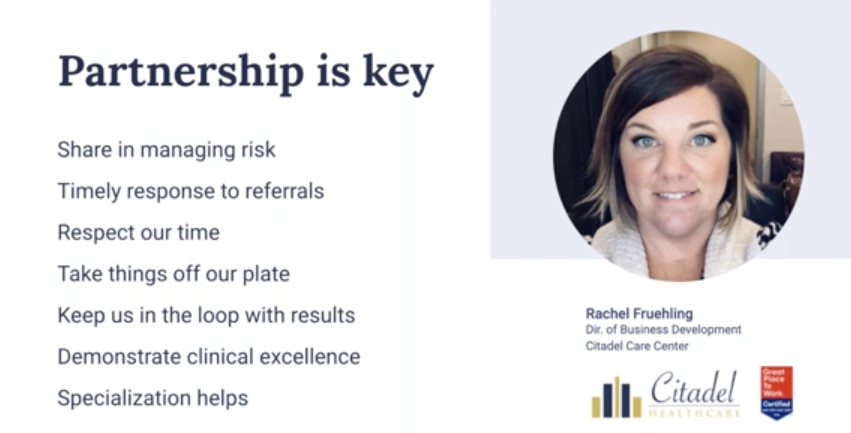
A recent webinar, which included a presentation by Rachel Fruehling (Director of Business Development for Citadel Care Centre, Skilled Nursing) highlighted the key desires and considerations that an institution looks for in a home health partner.
Keep it Personal, Timely and Consistent: It is invaluable to know exactly who is referring to your company—not just the name of the hospital, doctor’s office, organization, or facility. Creating a personal genuine relationship will lead to more referrals in the future. Understand your customer needs and be respectful both of their time and workload. Be dependable!
Regularly Communicate with Referral Partners: Consistent, timely communication is vital. Offer advice, advocacy, and education and your referral partner will begin to see your agency as something their patients can benefit from. Becoming a resource establishes your credibility, which is important for long-term genuine relationships.
Stay Relevant by keeping up with Technology: With reimbursement becoming more focused on patient outcomes and penalties for hospital readmissions increasing, organizations want to keep track of their patients more than ever before. Become familiar with and begin implementing technologies that allow all providers to access important patient data. Increased speed and fluidity of care transitions will show your referral source that you can keep up with today’s ever-shifting home health landscape. Proving your clinical outcomes is key.

Measure and Track Referral Sources: In order to increase referral volume, you need to understand your current referral trends. Without measuring your progress, is difficult to know if your outreach efforts are successful. Specialization helps so wound care could be a highly beneficial focus.
Remember, it’s a Two-Way Street: In order to get referrals, you also have to sometimes return the favor and give referrals. Strengthen your relationships and encourage people to refer to you as a partner on a win-win basis. Turning yourself into an asset is a great way to encourage people to refer to you again and again. Professionals are much more likely to work with you if their organization is gaining from it. Make it all about taking care of their customers and the services you will provide them. Work together to benefit all businesses involved. But most importantly keep each other in the loop to ensure connectivity.
The webinar has way more content and touches on all the key steps for referral generation listed below.
Five keys steps for referral generation:
- Allow Marketing to the Most Opportunistic Home Health Referral Sources With Wound Care Patients
- Identify High-Volume Wound Referral Sources
- Differentiate Your Agency Via Wound Care Excellence
- Provide Visibility of Responsiveness and Service in Wound Care
- Show Responsibility Fostering Accountability in Wound Care
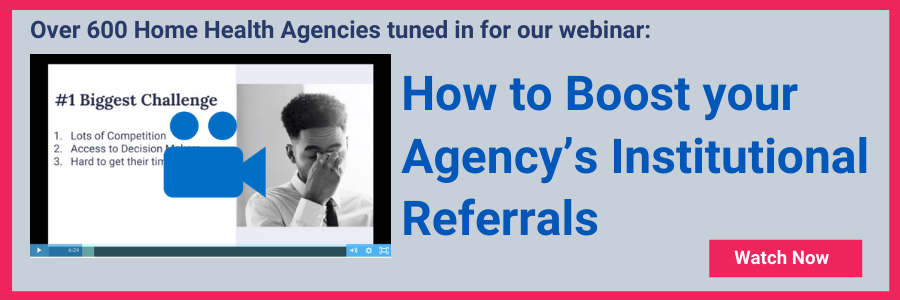
Hear from Rachel and others in our on-demand webcast: “Boost Your Agency’s Institutional Referrals” Watch Now >>

